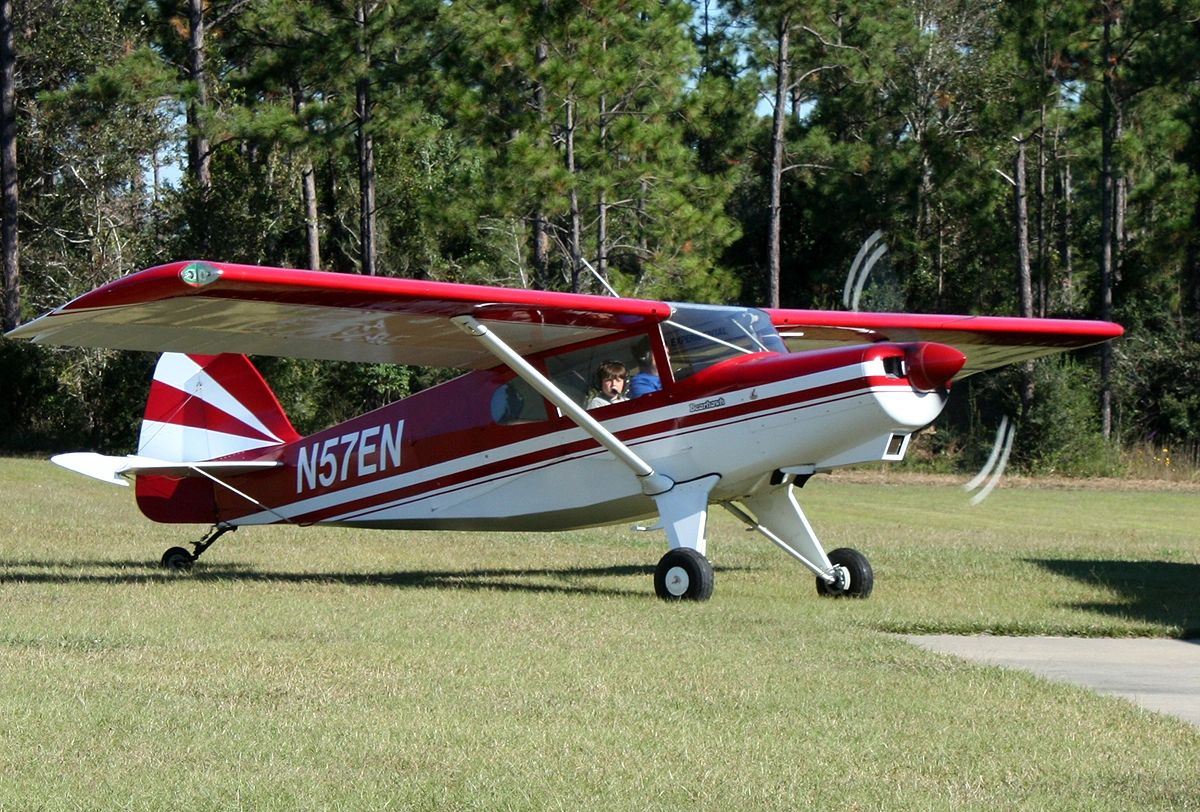Hello,
Trying to decide between a Patrol kit or plans. I'll have access to a fully equipped shop, but i would have to drive to it. I have a very large heated workshop at my house but no special tools or heavy machinery. I have no doubt the tooling at the shop is more than adequate but i'm trying to be realistic. I'm concerned that I would get frustrated and quit if I have to continually drive to a shop when i need something. So what tools do you really need for plans? I would have the standard basic tools at the house including: air compressor and accessories and I would let myself buy a welder, but I won't have a drill press, break, heavy duty band saw, table grinder, table sander or lathe. Do I need these things? The internet seems to think I do. Also, with regards to assistance required for a plans build, would i need two sets of hands as in a full time helper, or can i reasonably expect to be able to complete this project on my own with occasional assistance from a buddy?
Also, any active New England builders I could pester with qts and visit? Not sure if the builders map is up to date.
Trying to decide between a Patrol kit or plans. I'll have access to a fully equipped shop, but i would have to drive to it. I have a very large heated workshop at my house but no special tools or heavy machinery. I have no doubt the tooling at the shop is more than adequate but i'm trying to be realistic. I'm concerned that I would get frustrated and quit if I have to continually drive to a shop when i need something. So what tools do you really need for plans? I would have the standard basic tools at the house including: air compressor and accessories and I would let myself buy a welder, but I won't have a drill press, break, heavy duty band saw, table grinder, table sander or lathe. Do I need these things? The internet seems to think I do. Also, with regards to assistance required for a plans build, would i need two sets of hands as in a full time helper, or can i reasonably expect to be able to complete this project on my own with occasional assistance from a buddy?
Also, any active New England builders I could pester with qts and visit? Not sure if the builders map is up to date.




Comment